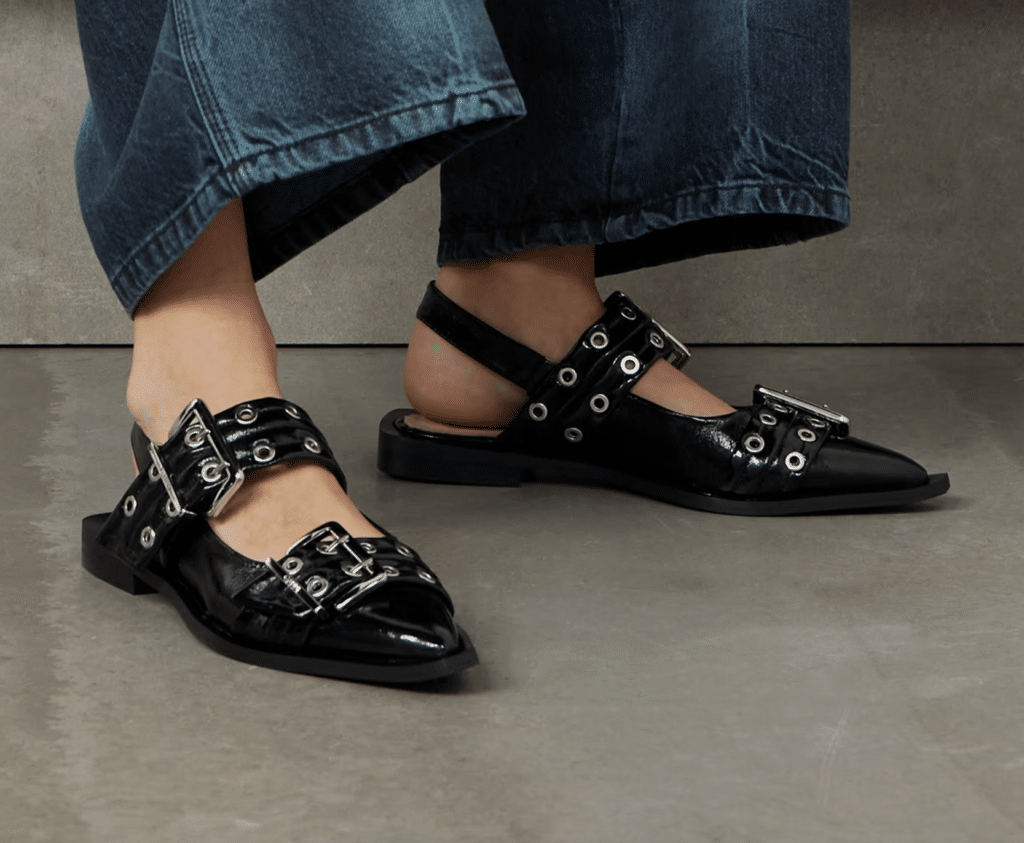When most people hear the word blockchain, they tend to think of Bitcoin, the decentralized virtual currency that has risen in value exponentially over the past few years. While blockchain technology is best known for supporting virtual payments and other financial applications, other uses are rapidly being developed across every sector of the economy, and fashion figures are beginning to discover that the possibilities presented by blockchain could serve to addressing some of the industry’s most pressing issues – from supply chain mismanagement to counterfeiting.
In the simplest of terms, a blockchain is a shared database or digital ledger that automatically updates information across an entire network, without the need for a central intermediary. When a user enters information in the ledger, that entry becomes linked to every other entry, or “block,” and every other copy of the ledger is automatically synchronized via the internet. The connection among all the blocks in the “chain” makes the ledger unhackable, at least in theory, because a hacker trying to alter a single transaction or entry would have to alter every other link in the chain as well. The distributed nature of blockchain also makes it transparent, because every user can see the entire history of entries in the ledger.
Companies are already using this technology to verify digital identities, enable “smart” contracts that execute automatically, and track shipments of goods around the world. Walmart, for example, is using IBM’s blockchain platform to track food shipments as part of an initiative to improve safety, and the diamond industry is using Everledger’s blockchain to verify the source and unique attributes of diamonds.
Blockchain has obvious potential in the fashion industry, which could benefit significantly from the application of such technology to supply chain and inventory management, the latter of which represents “one of the [fashion industry’s] biggest challenges,” according to Fabio Cesari, the head of research and development at YOOX NET-A-PORTER GROUP, a company that is consistently at the forefront of technological advancements in retail.
Cesari revealed late last year that “stock inventory management can cost retailers millions in both money and wasted hours every year.” Mismanagement paired with consistent seasonal over-production on the brand side, both of which can give rise to complications for brands from a bottom-line perspective, could also be aided by the application of blockchain.
Such benefits extend to brands’ supply chains. Even very diligent brands experience difficulties in terms of oversight and transparency due to the trans-national nature and inherent complexities of modern-day sourcing and manufacturing. Blockchain, when combined with radio frequency identification and other Internet-of-Things technologies can instantaneously track shipments of raw materials from source to factory, then track the finished product through its entire distribution chain to the consumer, thereby, giving rise to greater transparency about the origins of garments and accessories not just for brands but for consumers, as well, should brands opt to share this information.
While other tracking technologies have existed for some time, the distributed nature of blockchain technology provides marked advances, in large part because records cannot be altered, lost or destroyed; if a supplier tries to alter an order, for example, the customer will still have an indisputable record of the original order information.
Looking beyond manufacturing and distribution, blockchain also has the potential to enhance intellectual property protection for designers and brand owners, something that is particularly important given the incessant saturation of markets across the globe with counterfeits, infringing goods, and products that are otherwise sub-par or have been tampered-with. When branded goods can be tracked through blockchain, their authenticity can be easily verifiable by brand owners, retailers and consumers, potentially helping to reduce unintentional purchases of counterfeit goods.
Still yet, blockchain applications will enable designers to document every step in the design process, providing unalterable proof of creation in case of a dispute. Brand owners who license their intellectual property can use blockchain technology to track sales and royalty payments – similar to a system already being developed by the music industry for tracking royalties, using IBM’s blockchain platform.
In short: the uses of the technology extend far beyond digital currencies and if applied correctly, could serve to assist fashion in facing some of its most long-standing and largely unassailable issues.
Jeffrey H. Greene is a partner at Fenwick & West LLC, where he focuses his practice on strategic foreign and domestic brand counseling and protection. Anne Marie Longobucco is an OnRamp Fellow at Fenwick & West LLC, where she focuses her practice on U.S. and international trademark clearance, trademark prosecution, dispute resolution, and enforcement.
*Edits courtesy of TFL.











